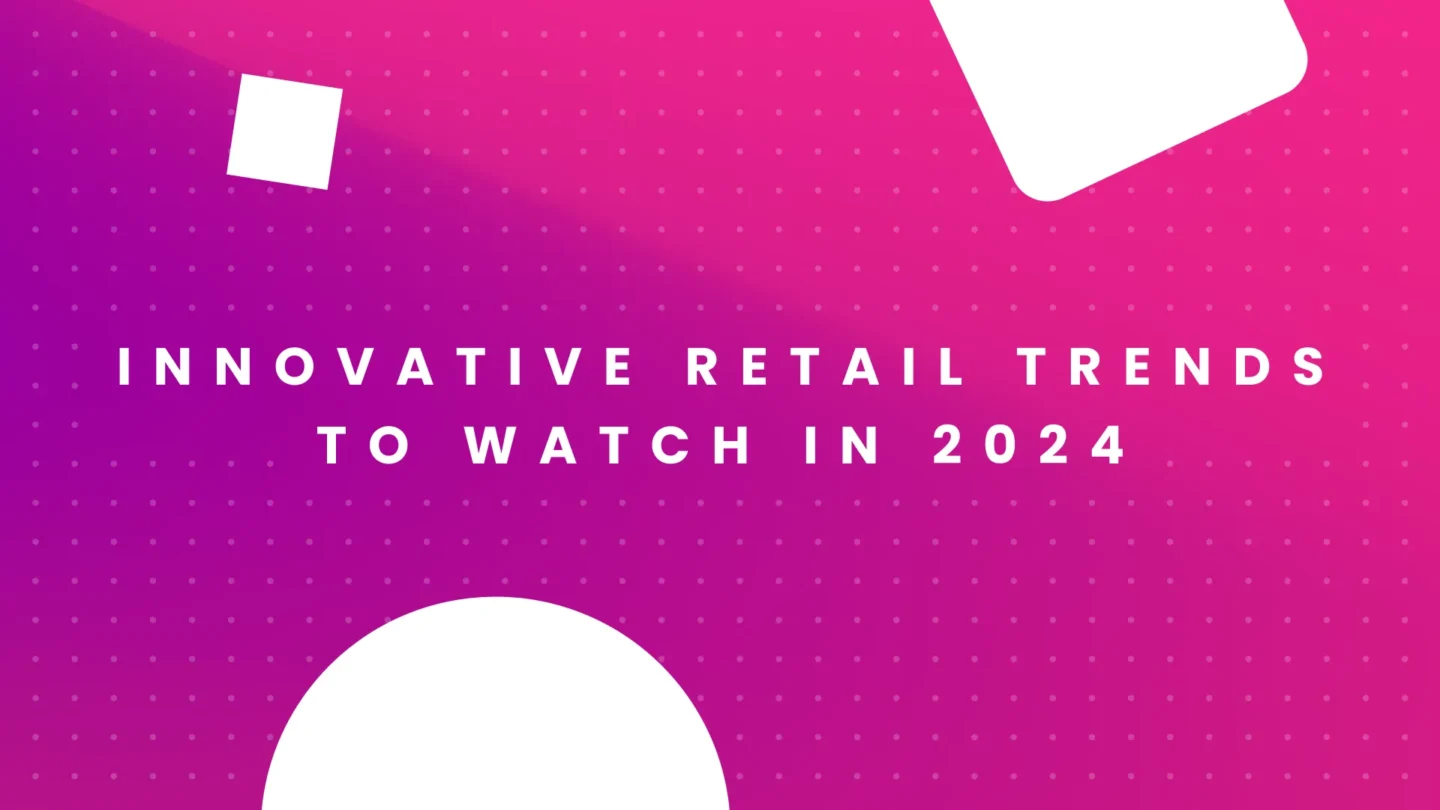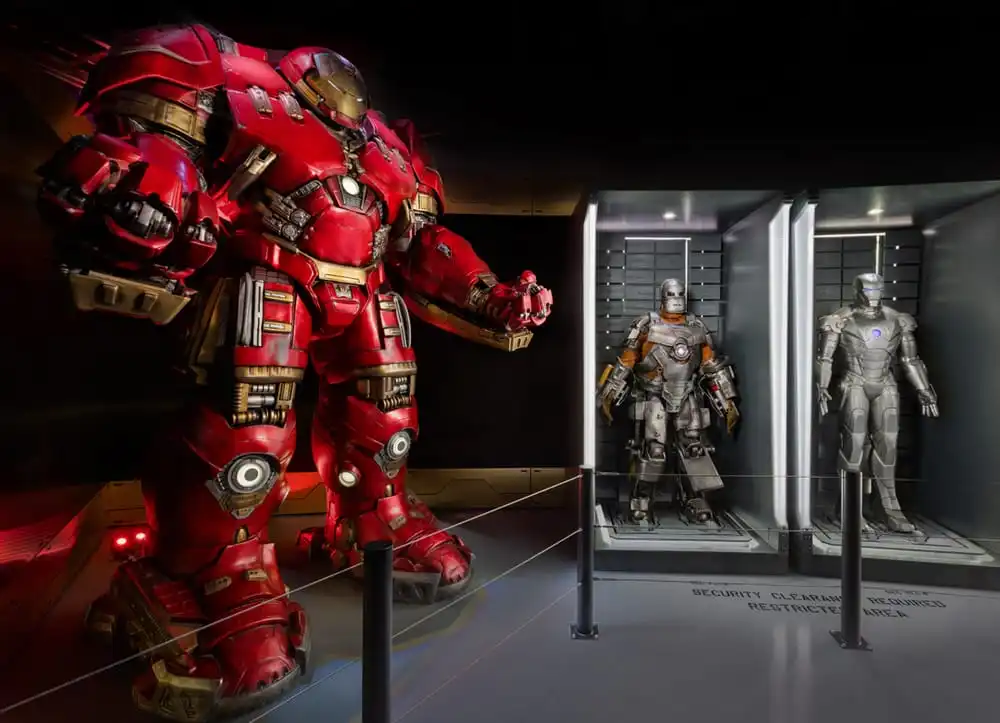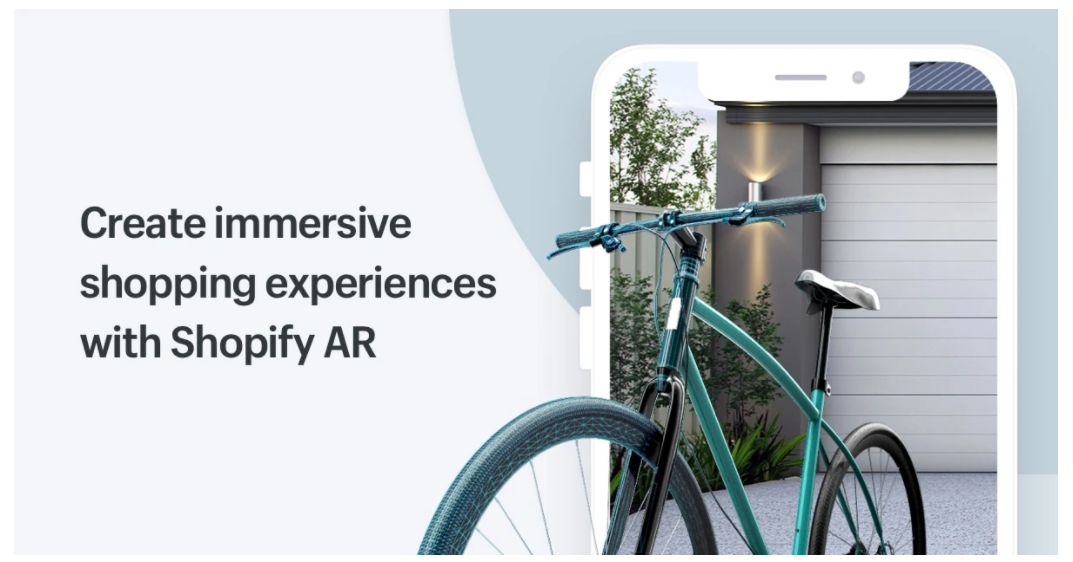10 Innovative Retail Trends to Watch in 2024


As always, with a new year comes new trends in the world of retail and ecommerce. In 2023, we saw massive growth in social commerce, influencer marketing, and even advancements in augmented reality shopping experiences. In 2024, we’ll still see those themes as a focus, but with a greater emphasis on AI, omni-channel marketing, experiential marketing, and so much more.
From technological advancements in the retail industry to surprising new partnerships, here are the top innovative trends in retail to keep an eye on in 2024.
As physical and digital retail intertwine, the real challenge lies in making these emerging technologies work together seamlessly. The goal is to avoid siloed experiences and create shopping journeys that seamlessly integrate the best of both worlds. Achieving this cohesion is the key to providing customers with an elevated shopping experience.
How can you leverage this growing trend in 2024? Let’s get into it.
Prioritizing Modern Shopping Methods – To thrive in this convergence, it’s essential to prioritize modern ways of shopping. Mobile checkout, VR/AR integration, and the widespread use of QR codes are top focuses for retailers looking to enhance both the digital and in-store experience. These innovations not only streamline the shopping process but also cater to the tech-savvy preferences of today’s consumers.
Bridging the Gap with Innovative Tools – A prime example of the blend of digital and physical retail is Uniqlo’s virtual fitting tool. This feature allows customers to use their smartphones or manually input measurements to find the perfect size, ensuring a more informed and satisfying in-store experience. It’s a testament to how technology can seamlessly bridge the gap between the online and offline worlds.
The Power of Personalization – Leveraging influencer marketing campaigns and live streams can create a more personalized and engaging shopping experience. This personal touch, previously a hallmark of in-store shopping, is now a pivotal aspect of the digital retail landscape, blurring the lines between the two.
The Growth of Retail Media – A significant development in this convergence is the growth of retail media networks. Retailers are now selling ad space across various platforms, including websites, in-store displays, mobile applications, and even streaming services. Industry giants like Amazon, Kroger, and Walmart have already embraced this trend, with many other retailers following suit to advance their retail media offerings.
In-Store Experiences Still Have a Place – Many digital native, direct-to-consumer CPG brands like Bonobos, Glossier, Casper, and Warby Parker started online, but have since launched and expanded their physical presence over the past few years. Most of the digital brands opening stores sell apparel, which makes sense; it’s a category where shoppers benefit from interacting with the product in person.
GPT and AI tools are shaking up the retail game, ushering in a new era of personalization and operational efficiency. With the new and improved GPT-4, plus a variety of new plugins, we’re expecting to see some exciting changes in the near future when it comes to AI.
Imagine tailored shopping recommendations and tutorials, finely tuned to your preferences. For example, if you frequently purchase basic tees, expect emails featuring outfit suggestions based on those tees, along with recommendations to complete the look. The level of personalization not only enhances customer satisfaction but also increases brand loyalty and we expect brands to take advantage of this tech in 2024.
Chatbots, now infused with AI, are set to raise the bar even higher. These bots meet customers online, offering rapid responses and round-the-clock availability. Brands like Lego are elevating customer engagement with digital shopping assistants, which provide personalized gift recommendations based on user responses. As AI continues to reshape the retail landscape, this technology offers greater convenience for customers and enhanced customer relationships for companies.
The surge and popularity of online shopping is here to stay. According to a recent study, in the last 12 months, 34% of shoppers bought a product online via PC, 38% bought a product online via tablet, and 44% bought a product online via mobile phone or smartphone.
Additional statistics show that:
Social commerce — native shopping experiences on a social media platform — offers shoppers an even more seamless way to shop online. Instead of clicking through to a third-party website, users can make purchases directly from the social media app or site.
And social commerce isn’t slowing down anytime soon. Over recent years, we’ve seen the introduction of Shops (via Meta), the expansion of Snapchat’s social commerce capabilities, and most recently, the release of TikTok Shops.
Shops are custom storefronts for businesses on Instagram and Facebook. Sellers can create collections of featured products, as well as modify the look of their Shop with banners, images, colors, and buttons. The same Shop can be accessed from both Facebook and Instagram, so once it’s set up, sellers have the potential to reach a wide global audience on two platforms.
With Shops, Facebook is catering more directly to brands than they have in the past. This is part of Facebook’s effort to create a personalized shopping experience for users in the “Shop” destination of the app, which we expect to become more prominent to users in the near future.
As a part of emerging retail trends, we can expect to see social commerce become an even more integral part of the ecommerce experience for brands and shoppers alike in 2024 and beyond.
From the World Series to Black Friday, sync important dates to your calendar with one click.

For companies with physical locations, it’ll be key to distinguish themselves from online retailers by providing unique in-store experiences, also known as experiential marketing. Though the reality is that brick-and-mortar stores often sell less, they have the opportunity to provide value through relationship marketing by strengthening customers’ relationship to the brand. Immersive, Instagrammable experiences, aka “retailtainment,” can bring the brand alive. For example, Marvel found a valuable promotional tool in their touring Avengers S.T.A.T.I.O.N., an immersive exhibit that has pulled in huge crowds all around the world. Through interactive displays and real-life movie props, the franchise invites fans to step into the cinematic world that’s delighted them for years.

Source: Richard Sears
Another example is when Amazon launched their first “Just Walk Out” store in 2018 where shoppers enjoyed checkout free shopping. Since that launch, consumers have embraced this technology and it’s becoming popular in entertainment venues, airports, universities, grocery and convenience stores, and stadiums across the U.S., UK, and Australia. Amazon noted that they “have now launched the technology at Lumen Field, home of the NFL’s Seattle Seahawks. During the 2023-24 NFL season, fans can grab their Seahawks gear at the new Seahawks Pro Shop Outlet located in the northwest corner of the stadium’s field level.”
But it’s also important to keep in mind that experiential activations don’t just have to happen in-store – they can take place online as well. Although the metaverse hasn’t reached the massive success anticipated by some industry experts, there’s a notable trend among consumers, particularly those from Gen Z. They are actively engaging in sponsored online events that can transition into opportunities for making purchases or simply become experiences worth sharing.
“There’s no mistake that innovative retail initiatives will continue to shift to the virtual space, but that doesn’t mean the physical space won’t remain an important one. If used correctly, it can complement its online counterpart to bring a brand to life and give it an edge against competitors.”
– Prediction courtesy of Movable Ink
The innovative retail trends of Augmented reality (AR), machine learning, and artificial intelligence (AI) are here to stay. And while AR in retail isn’t new (Facebook made some big AR moves in 2018), it’s gone from a nice-to-have to an essential part of retailers’ ecommerce offerings.
As so many shoppers continue to rely on online shopping, retailers leverage AR technology to bridge the gap between the digital and the physical. While brands like IKEA, Home Depot, and Target all have proprietary AR shopping experiences, AR-powered commerce isn’t just for mega-brands.
Shopify introduced Shopify AR, an easy-to-use toolkit for businesses to create their own AR experiences to showcase their products to customers. And it works: Shopify reports that interactions with products having AR content showed a 94% higher conversion rate than products without AR.

All in all, when it comes to technological advancements in the retail industry, look for more brands taking advantage of AR capabilities in 2024 — and more shoppers seeking out those AR experiences to make purchase decisions.
In an era where economic uncertainty is at the forefront of many consumer’s minds, brands are finding new ways to stand out by competing on values rather than price. Sustainability and social trends have become powerful tools for establishing a brand’s identity. Taking a pro-social stance not only encourages brand engagement but also enhances long-term value, even in the face of slowed sales velocity.
As we move into 2024 (and beyond), repairing , recycling, reusing, and thrifting are expected to gain even more traction. Authentically aligning your brand with sustainable values can set you apart in a crowded marketplace. Similarly, supporting a social cause provides your brand with a unique edge, allowing you to differentiate yourself based on factors beyond price alone. Embracing initiatives such as offering cost-effective or free clothing repair, like Patagonia, or selling pre-owned items, like REI, can elevate your brand to the forefront of this values-driven competition.
The rise of Buy Now Pay Later (BNPL) is making waves in the retail world, and it’s not just about convenient payment options. In fact, it’s becoming a lifeline for brands looking to thrive in an ever-changing market. This trend isn’t exclusive to those selling low-priced items. Thanks to the increase of BNPL providers like Klarna, businesses of all sizes can encourage purchases by offering customers the option to split their purchases into manageable payments over time.
BNPL is also becoming an important part of enhancing the in-store experience, as 41% of Gen Z retailers are gearing up to incorporate it into their payment offerings. So, whether it’s an impulse buy or spreading the cost of a big-ticket item, BNPL is all about giving consumers more control and flexibility in their shopping journey. Consider adding this option for your customers in 2024.
Optimizing fulfillment and delivery has become a key focus for brands looking to stay ahead. With a growing demand for same-day and next-day delivery options, retailers are finding ways to meet customers’ need for speed. One strategy that’s gaining popularity is in-store pickup, which not only provides a convenient option for shoppers but can also encourage additional purchases when customers come in to collect their orders. For instance, if a customer has bought a single item and is just shy of qualifying for free shipping, offering in-store pickup can be a good alternative.
When it comes to fulfillment, retailers are paying attention to returns more than ever. While minimizing returns is a cost-effective approach, creative solutions are emerging to turn returns into opportunities for customer engagement. For example, offering coupons or free gifts when customers return items in-store can be a nice touch. It’s all about providing a range of options, as seamless and hassle-free returns remain a top selling point for many shoppers today.
Off-site advertising is accelerating through strategic partnerships between retail media networks and media companies. This collaboration is reshaping the advertising world, creating opportunities for brands to extend their reach beyond traditional marketing channels. Retail media networks, embedded within popular ecommerce platforms, leverage their vast customer data to provide precise targeting options to advertisers. By teaming up with media companies, these networks are able to amplify their impact through the integration of off-site channels like social media, content platforms, and search engines.
We’ve seen many recent examples of these partnerships like Kroger and Disney teaming up. Kroger’s retail media arm, Kroger Precision Marketing, partnered with Disney Advertising to help brands target audiences via streaming media. This beta test will allow CPG marketers to target audiences using shopper data on select Disney platforms, starting with Hulu.
Dollar General’s media network, DGMN, has also established an innovative partnership with Meta to introduce a first-to-market solution, enabling advertisers to connect with hard-to-reach consumers and seamlessly bridge the gap with in-store purchases. Through this collaboration, advertisers have the capability to tap into Dollar General’s extensive database, over 90 million distinct customer profiles, across the Meta ecosystem. This access extends to prominent placements on platforms like Facebook and Instagram, including News Feeds, Stories, and Reels.
We expect to see more partnerships like this as we head into 2024 and beyond.
The retail industry is witnessing a surge in the popularity of exclusive brand assortments and collections, with Target recently emerging as a pioneering force in this trend with their collaboration with Kendra Scott (among others). As consumers increasingly seek unique and premium offerings, retailers like Target are actively partnering with renowned brands and designers to curate exclusive, limited-edition collections that draw shoppers in with a blend of style, quality, and affordability. This move not only fosters brand loyalty but also propels retailers into the realm of fashion-forward and coveted destinations for consumers.
The Kendra Scott collaboration at Target is just one example of how retailers are embracing this trend, where exclusivity and accessibility coexist, making high-quality designs more accessible to a broader customer base. As the demand for these exclusive assortments continues to grow, it’s likely that other retailers will follow in Target’s footsteps, transforming the way we shop and engage with our favorite brands.
Ready to shake up your retail strategy by incorporating some of these trends into your marketing plan in 2024? We can help. Contact us today to get started.
